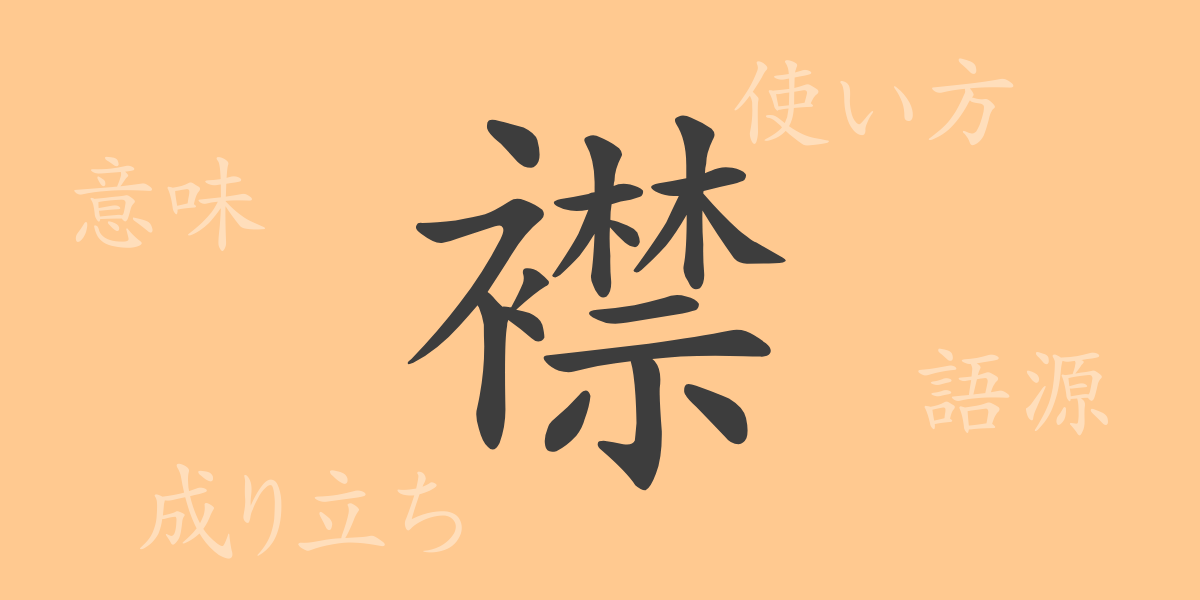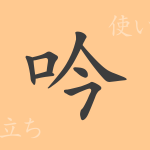Kanji deeply rooted in Japanese culture carry their own unique histories and meanings, enriching our language with expressive power. This time, we spotlight the character “襟(えり),” delving into its origins, meanings, usage, and the idioms it forms. Let’s explore the charm of this kanji in depth.
Origin of 襟(えり) (Etymology)
The kanji “襟(えり)” has long been used to refer to the collar of clothing. Its shape mimics the collar of garments, indicating its relation to clothing. Originally, this character meant arranging the collar of clothes, which later extended to mean tidying up one’s attitude or demeanor.
Meanings and Uses of 襟(えり)
“襟(えり)” primarily refers to the collar of clothing. However, it also carries a metaphorical meaning, referring to a person’s attitude, demeanor, or maintaining proper conduct. For example, the phrase “襟を正す(えりをただす)” is used to describe straightening one’s attitude or maintaining dignity, signifying an internal posture adjustment.
Readings, Stroke Count, and Radical of 襟(えり)
Let’s take a closer look at the details of the kanji “襟(えり).”
- Readings: On’yomi (Chinese reading) – きん, Kun’yomi (Japanese reading) – えり
- Stroke count: “襟(えり)” consists of 18 strokes.
- Radical: The radical is 衣(ころもへん), related to clothing.
Idioms, Phrases, and Proverbs Using 襟(えり)
There are several idioms and phrases that include the kanji “襟(えり).” Here are a few examples:
- 襟を正す(えりをただす): To straighten one’s attitude or demeanor.
- 襟を汚す(えりをけがす): To lose one’s dignity or honor.
- 襟を立てる(えりをたてる): To tighten one’s focus and show a serious attitude.
These expressions are used to describe both external appearance and internal state, indicating a person’s character or condition.
Conclusion on 襟(えり)
Each kanji carries its own background and history, and “襟(えり)” is no exception. From being a part of clothing to symbolizing a person’s internal state and attitude, “襟(えり)” has found its way into various idioms and proverbs. This exemplifies the richness and depth of the Japanese language, even within a single kanji.

























